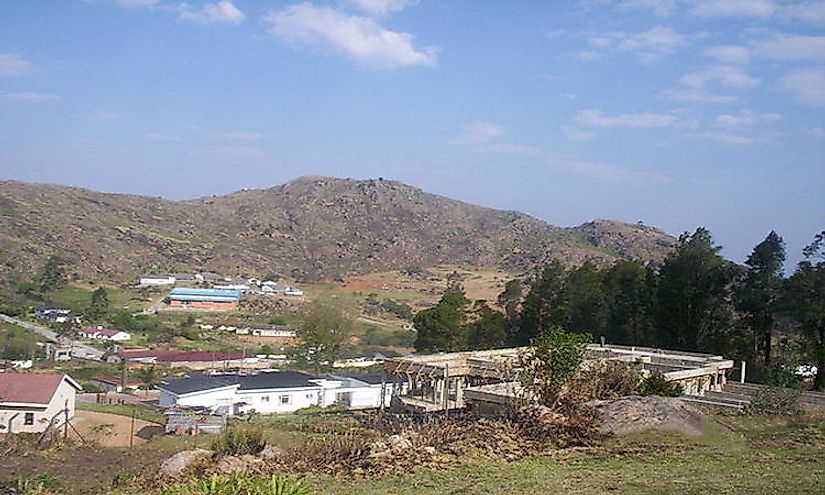What Is The Capital Of Swaziland?

What Is The Capital Of Swaziland?
Swaziland has something few countries in the world can claim: two capital cities. Given that Swaziland is one of the smallest countries in Africa, with a population of only 1.1 million, it seems like two capitals may be excessive. However, the history of this country as a British colony has influenced its political development and led to the establishment of two capitals. Lobamba and Mbabane have held this important distinction for many years. This article takes a look at the history of Swaziland, these two cities, and how they came to be capitals.
History Of Swaziland
Swaziland had been recognized as independent by European colonizers until the death of King Mbandzeni in 1889; his rule was followed by Ngwane V. At that time, its government was carried out by British, Dutch, and Swazi representatives until 1894 when Swaziland became part of the South African Republic. King Ngwane V died during the Boer War in 1899 and left a successor, Sobhuza II, of only four months of age. When the British won the Anglo-Boer War in 1903, Swaziland became a British protectorate and was governed from the colony of South Africa. In 1906, the Transvaal colony (which included present-day Swaziland) gained the right to self-government. The area was then divided into European and non-European lands. King Sobhuza II finally took the crown in 1921. This king fought against European influence throughout the region, establishing Swazi business and schools. The country developed its first constitution in 1963 which established an executive and legislative branch of government. By 1968, Swaziland became an independent nation.
Today, the government of Swaziland is considered an absolute monarchy with constitutional provisions. It is one of the only remaining absolute monarchies in the world. The head of the state is the King. Parliament is divided into a 30-member Senate and 65-member House of Assembly.
Lobamba
Lobamba is the site at which Swaziland’s independence was announced in 1968. It has a population of approximately 11,000 and is also the seat of the legislative branch of government, Parliament. The Queen Mother, Ntombi lives in Lobamba and acts as the joint Head of State. Her son, Mswati III, is the current King of Swaziland and lives at the Lozitha Palace, just 6 miles outside of the city. King Mswati III was crowned in 1986, after the death of his father. He signed the most recently amended constitution in 2005. His duties include appointing the Prime Minister and the members of the Council.
Mbabane
Mbabane was founded around 1887 and named after a local chief, Mbabane Kunene. The area grew quickly because of its strategic location along the route between then-Transvaal Republic and Mozambique. It has been considered the administrative capital of the country since 1902, although it has not always held this title. Prior to 1902, Bremersdorp (currently known as Manzini) was the British administrative center; this city was destroyed during the Anglo-Boer War, and its functions were moved to Mbabane. The city is also the capital of the district of Hhohho. Today, the population of Mbabane is 94,874, the largest in Swaziland.







